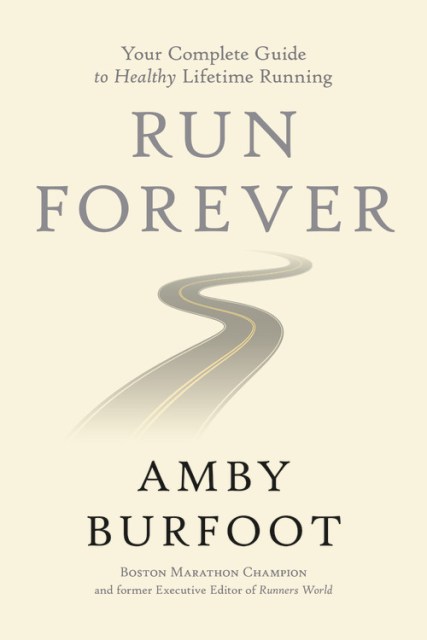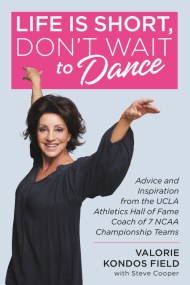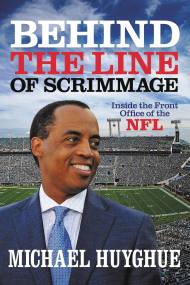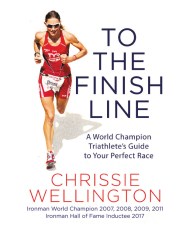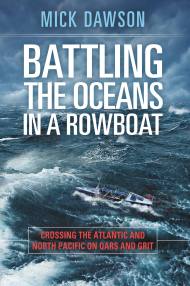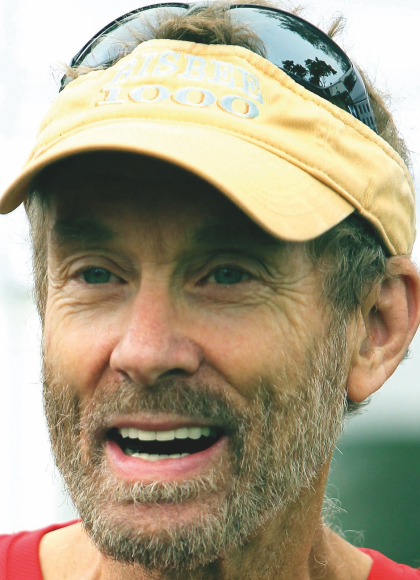Promotion
Use code BEST25 for 25% off storewide. Make sure to order by 11:59am, 12/12 for holiday delivery!
By clicking “Accept,” you agree to the use of cookies and similar technologies on your device as set forth in our Cookie Policy and our Privacy Policy. Please note that certain cookies are essential for this website to function properly and do not require user consent to be deployed.
Run Forever
Your Complete Guide to Healthy Lifetime Running
Contributors
By Amby Burfoot
Formats and Prices
- On Sale
- Mar 27, 2018
- Page Count
- 256 pages
- Publisher
- Center Street
- ISBN-13
- 9781546083115
Price
$35.00Price
$45.00 CADFormat
Format:
- Hardcover $35.00 $45.00 CAD
- ebook $15.99 $19.99 CAD
- Audiobook Download (Unabridged)
This item is a preorder. Your payment method will be charged immediately, and the product is expected to ship on or around March 27, 2018. This date is subject to change due to shipping delays beyond our control.
Buy from Other Retailers:
Everyone learns how to run at an early age. It’s naturally wired into your body. Yet in recent years, running has become complicated by trendy gadgets and doctrine. With a Boston Marathon win and over 100,000 miles run on his resume, Amby Burfoot steers the sport back to its simple roots in Run Forever. From a warm and welcoming perspective, Burfoot provides clear, actionable guidance to runners of every age and ability level.
Whether you are a beginner runner or experienced marathoner, Run Forever will show you how to motivate yourself, avoid injuries, increase speed and endurance, and reach your goals. Best of all, you’ll enjoy optimal health throughout your life.
-
Run Forever should be considered the Bible of running. It's full of sage advice and practical science to help you reap the rich rewards of lifetime running.Deena Kastor, American marathon record holder, 2:19:36, author of Let Your Mind Run
-
Amby's writing and advice are so wonderful that I got carried away reading Run Forever. He covers all the big topics, from getting started to running healthy for life. This book should be essential reading by runners of all levels.Meb Keflezighi, four-time U.S. Olympian, winner of the Boston and New York City Marathons, author of Meb for Mortals
-
Amby has been running as long as I have, andKathrine Switzer, author of Marathon Woman
it doesn't look like he'll stop any time soon. We both believe that running is a simple sport, yet one that gives so much. Run Forever will tell you how to get going, keep going, and never stop. -
Run Forever explains how you can enjoy a life of peak health and energy through the simple act of running. Amby was a motivational mentor to me fifty years ago, and now I hope many more Americans will tune into his voice and his message.Bill Rodgers, four-time winner of the Boston and New York City Marathons
-
As I read Run Forever, I found myself nodding my head frequently. There's a lot of great advice here. I wish I had read [this book] a few years ago. When I retired from professional running, I realized my approach achieved great results but was far from sustainable. Amby lays out a brilliant strategy for running well. But, more importantly, he explains how to run well for many years to come.Ryan Hall, two-time Olympic marathoner
-
Run Forever will surely keep you fit, healthy, and moving down the road for decades to come.Dave McGillivray, Boston Marathon race director, and finisher of 45 consecutive Boston Marathons
-
Run Forever has it all, including expert advice on everything from getting started to improving your marathon PR. Plus, Burfoot's smooth prose and smart organization make it easy to find what you're looking for. Some pages will make you laugh, others will make you cry, but all will inspire you.Claire Kowalchik, author of The Complete Book of Running for Women
-
Fifty years after winning the 1968 Boston Marathon, Amby Burfoot is still going strong. In Run Forever, he combines his wisdom with decades of research and hundreds of interviews to explain how you can enrich yourGeorge A. Hirsch, former publisher of Runner's World magazine, current chair of the New York City Marathon
life through running. Read it, and be inspired. -
Amby peels away the layers of complexity that have built up around running to remind us to keep it simple and focus on the essentials. That's the true path to maintaining a healthy running routine from your teens through the rest of life.Jean Knaack, executive director, Road Runners Club of America
-
There is no better running writer than Amby Burfoot. With his background as a world-class athlete and his decades of writing and editing at Runner's World magazine, he draws from a deep wealth of experience. I highly recommendJeff Galloway, 1972 Olympian and multi-book author
Run Forever. -
Run Forever is a great resource for any runner--young or aging. It's brimming with Amby's experience and wisdom. You'll find more than just running advice here. I consider this a guide to Living Forever.Dave Watt, executive director, the American Running Association and the American Medical Athletic Association
-
Amby is not just a terrific runner, who's still going strong, but also an exceptional writer. You'll enjoy this sometimes-funny but always-instructive book, and it's certain to inspire you to keep running.Joan Ullyot, MD, author, Women's Running
-
Amby's book is full of wisdom and practical tips to keep you running healthy. Now, just remember this: It's never too late to start, and it's always too soon to stop.Walter Bortz, M.D., author of Dare To Be 100
Newsletter Signup
By clicking ‘Sign Up,’ I acknowledge that I have read and agree to Hachette Book Group’s Privacy Policy and Terms of Use
